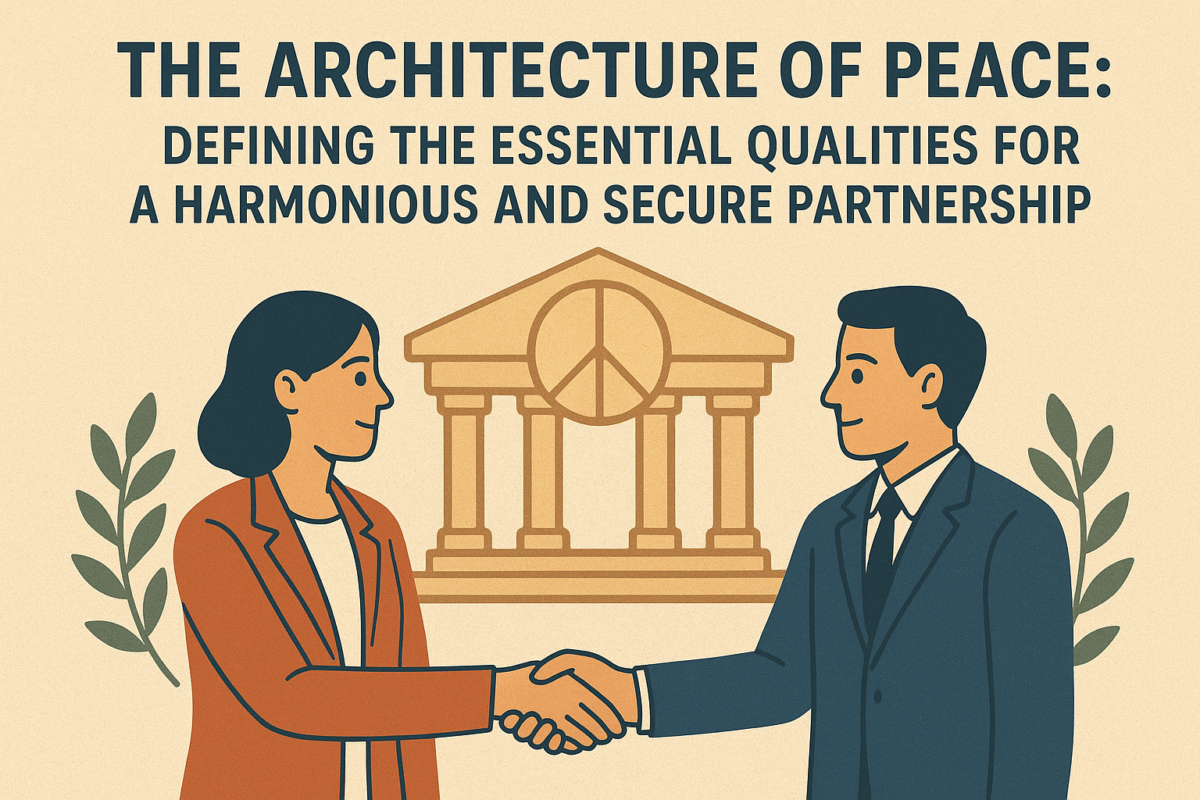Buddhism is one of the world’s oldest and most influential philosophies, followed by over 500 million people worldwide. But unlike many religions, Buddhism isn’t centered around worshiping a god — it’s centered around understanding the nature of the mind, the cause of suffering, and how to live with peace and awareness.Whether you’re curious for spiritual reasons or just interested in its psychology-like insights, here’s a clear breakdown of the basics.
1. Who Was the Buddha?
Buddhism began around the 5th century BCE with Siddhartha Gautama, a prince in what is now Nepal. Despite his luxury, he felt a deep sense of dissatisfaction. When he ventured outside his palace and saw sickness, aging, and death, he realized that no amount of comfort could protect him from life’s inevitable suffering.He left his royal life behind, sought wisdom through meditation and discipline, and ultimately reached enlightenment — a state of complete clarity and freedom from craving. From that point on, he became known as “The Buddha,” meaning The Awakened One.
2. The Four Noble Truths
The Buddha’s core teaching can be summarized in four truths that explain both the problem and the solution to human suffering:
1. Life involves suffering (Dukkha).We experience pain, loss, and frustration — even in success, there’s impermanence and uncertainty.
2. Suffering has a cause (Tanha).Craving, attachment, and ignorance keep us trapped in cycles of dissatisfaction. We constantly chase what we don’t have and fear losing what we do.
3. Suffering can end (Nirvana).When craving and attachment fade, peace becomes possible. This state of liberation is called Nirvana.
4. There is a path to the end of suffering (The Eightfold Path).A practical guide for living with wisdom, ethics, and mindfulness.
3. The Eightfold PathThe Eightfold Path is not a set of commandments but a way of living that leads to inner balance and freedom. It’s divided into three main areas:
Wisdom (Prajña):1. Right View – Understanding reality and the nature of suffering.
2. Right Intention – Acting with kindness and compassion instead of selfishness.
Ethical Conduct (Śīla):
3. Right Speech – Speaking truthfully and gently.
4. Right Action – Behaving in ways that don’t harm others.
5. Right Livelihood – Earning a living in an ethical way.Mental Discipline (Samādhi):
6. Right Effort – Letting go of negative states and cultivating positive ones.
7. Right Mindfulness – Being fully aware of thoughts, feelings, and sensations.
8. Right Concentration – Deep meditation leading to insight and calm.These aren’t steps to be completed one at a time — they’re practices that reinforce each other, forming a balanced approach to life.
4. The Concept of Rebirth and Karma
In Buddhist thought, karma refers to the natural law of cause and effect. Every action — mental, verbal, or physical — has consequences that shape one’s future experiences.Buddhists often believe that this cycle continues across lifetimes through rebirth. However, unlike in many religions, there’s no permanent “soul” being reborn — only the continuation of cause and effect, like one flame lighting another.The goal isn’t eternal life — it’s freedom from the endless cycle of craving, attachment, and rebirth (known as samsara).
5. The Middle Way
One of the Buddha’s most practical insights was the Middle Way — the idea that happiness doesn’t come from extremes.He rejected both indulgence and harsh self-denial, teaching that balance, awareness, and compassion are the real sources of peace.It’s a reminder that life isn’t about escaping the world — it’s about understanding it deeply enough to live freely within it.
6. Why Buddhism Still Matters Today
Modern psychology, mindfulness, and stress-reduction techniques all borrow heavily from Buddhist teachings. The practice of mindfulness meditation, for example, comes directly from the Buddhist tradition of observing the mind without judgment.In a world of constant distraction, Buddhism offers something rare: a framework for being present, self-aware, and content without needing to chase endless external validation.
At its heart, Buddhism isn’t about believing in something — it’s about seeing clearly. It invites you to look at your own mind, your own habits, and your own reactions.When you understand the nature of suffering, you also understand the path to peace.And that, in essence, is the wisdom of the Buddha:
“Peace comes from within. Do not seek it without.”
